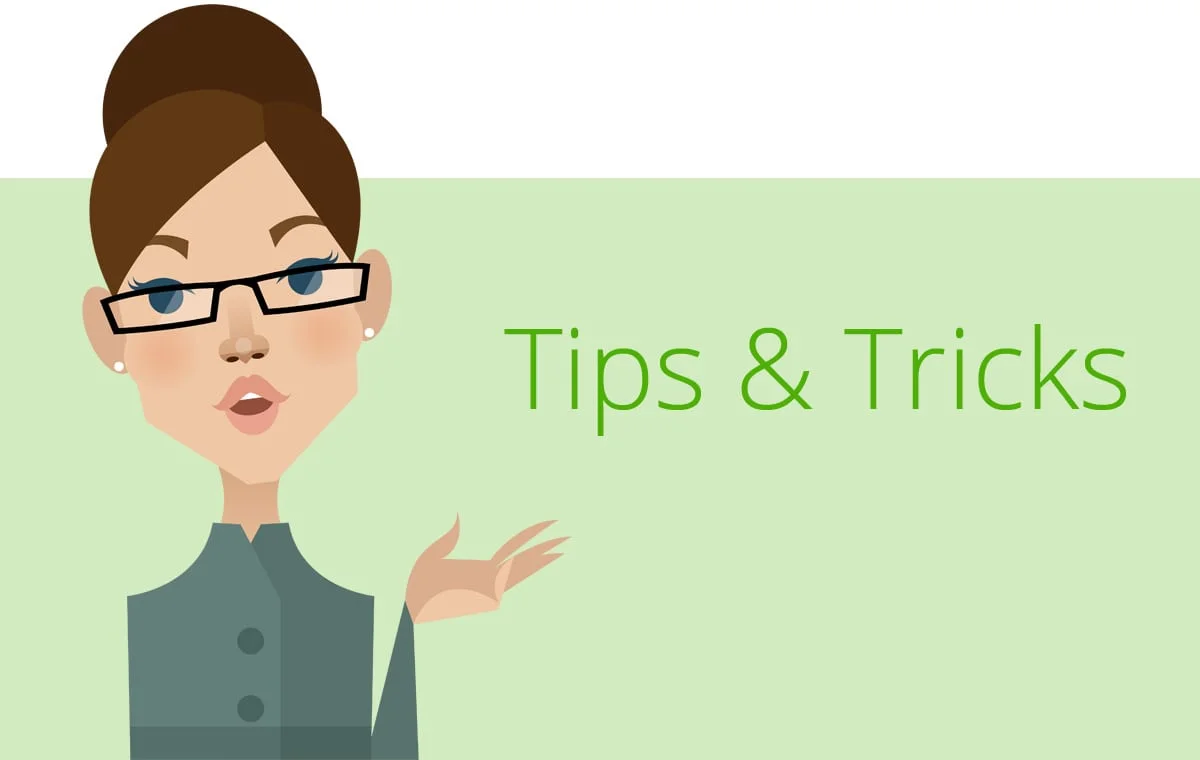You won’t regret it.
If you are like the majority of businesses, you keep wasting time, money and ecological resources with paper invoices. Even though the benefits of e-invoicing are manifold, its possibilities constantly growing - and you know it! It’s time to ditch the paper invoice. Read on to learn how to save real money with electronic invoicing. But only if you do it right.
The Real Cost of the Paper Invoice
Do you know how much the good old paper invoice costs you? Probably not – and you can’t be blamed. Even the experts don’t agree on the average cost of a paper invoice, ranging it somewhere between 12$ to 30US$ (Sterling Commerce). It isn’t easy to calculate the amount of money you spend on an invoice, because there are several kinds of costs that need to be taken into account: Direct cost, indirect cost, and those hidden costs that are, well, hidden. But, trust me, they are there. And you are the one paying for them.
1. Direct Costs

The direct costs of paper invoicing are pretty obvious: Paper, ink and postage costs. Sending out your invoice in electronic form will save you all of these: You don’t need paper, and you have neither printing nor mailing expenses. Also, electronic invoices don’t require manual labor like putting a paper into the envelope – a small task to do once, a huge time waster if you do it a hundred times or more. Time that you are paying for, directly or indirectly!
2. Indirect Costs
Indirect costs are all the expenses needed to complete a task, like paying the employee to put paper invoices into envelopes. Or entering all the data needed to produce an invoice. Those indirect costs are crucial. An invoice is always part of a process – and that process includes many steps. From gathering a client’s data (name, address) to adding the amounts due, this process can be very complex. If you are selling goods, it might be easy; if you are selling creative services, it might be more difficult. But we’ll get to that in a bit.
3. Hidden Costs
The hidden costs of paper invoicing are the most interesting. Take the time your invoice spends in the mail (usually 2 to 3 days), as opposed to the time needed to send it out electronically (usually 2 to 3 seconds). Now, imagine something has gone wrong, your client is disputing your invoice, and you need to send out another one. Electronically, all of this can be resolved within minutes. On paper, it might take weeks. The same goes for late payments: Sending out a payment reminder on paper is not only more expensive than doing it electronically; it might block your cash-flow much longer than necessary. Which, in turn, might lead to additional costs for you.
The Benefits of E-Invoicing
It’s a no-brainer: Sending out electronic invoices with a smart accounting tool saves you massive amounts of time, money and troubles. Paper invoicing comes with real costs, and electronic invoicing with real savings.

Obviously, e-invoicing lets you save on paper, postage stamps and ink. But there’s even more to that: not using paper saves trees, water and energy, resulting in a smaller carbon footprint for your business. That’s something to be proud of.
As we have seen, using an electronic invoicing system saves your (and your employees’) time – and that’s definitely something to be happy about. But the true benefit of the e-invoice often remains hidden.
Electronic invoicing is not just attaching a pdf to an e-mail. It is much more than that. Writing an invoice is only the tip of the iceberg - all that’s happened below the surface is invisible. All the work needed to create a product or deliver the service; capturing expenses and billable hours, processing the clients’ data – and last but not least, the book-keeping part of accounting: Business Intelligence, taxes, data storage.
Smart electronic invoicing gives you the unique opportunity to automate the whole process behind the invoice – and suddenly you can see the whole iceberg, from top to bottom.
It’s Time for Smart Electronic Invoicing
Smart electronic invoicing knows that the invoice is neither the start nor the end of a business process.
zistemo
Look, for example, at the zistemo workflow: First, you create an electronic offer. After it has been approved, you turn it into a project and start working. You track all of your team’s time and expenses on-the-go, and automatically add it to the project’s invoice. And then: Simply press a button, and the system send the invoice to the client – electronically. Any payments, even partial amounts, are automatically registered. Payment reminders will be sent out if needed, and you will be notified once the amount due has arrived.
The best thing: No need to keep paper copies in folders; no worries about secure storage of your accounts. It is all there, kept safe and secure in the cloud. You have all your data ready, whenever you need it, always up-to-date: this is the real benefit of smart electronic invoicing.
So please, dear business owners: Ditch the paper invoice. Right now.






